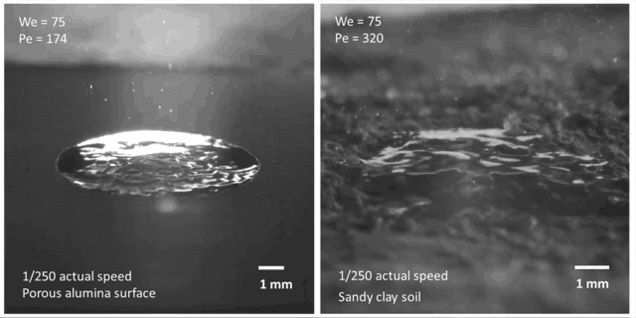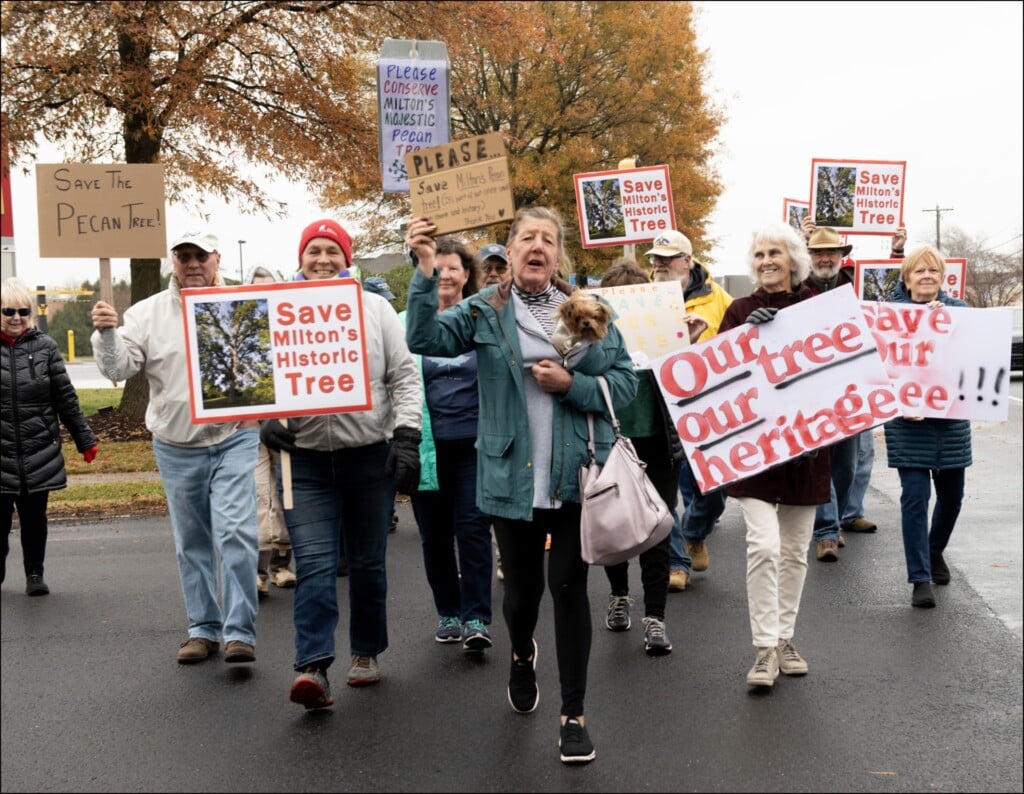Petrichor Explained

“Petrichor” is the distinctive, sweet smell that lingers after it rains. Since the 1960’s scientists have believed that the smell comes from oils and chemicals when the raindrop hits the ground. While it is a very common phenomenon, no one had observed the mechanism until now. Thanks to scientists and high speed cameras at MIT, we now know how the “rain smell” gets into the air.
At MIT, Dr. Cullen R Buie and postdoctoral researcher Youngsoo Joung filmed raindrops hitting many surfaces including 16 different soil types. They also changed rainfall rates and speed by dropping the droplets from different heights. They found that when the droplet hits a porous surface, little bubbles form inside the droplet. The bubbles get bigger and float up, like in a glass of champagne, and once the bubbles reach the surface they burst. As they pop they release a fizz of aerosols into the air, creating that distinctive “rain smell”. More research concluded that a slower rainfall rates tend to produce more aerosols than heavy rain.
Check out the actual research video from MIT here
(This research was published on Jan 14 in the journal Nature Communications.)

